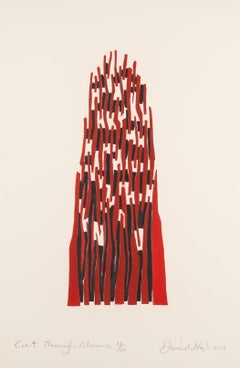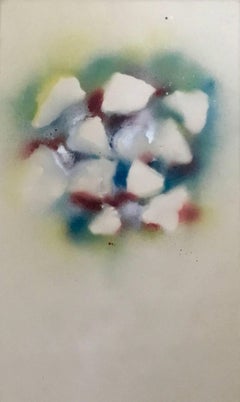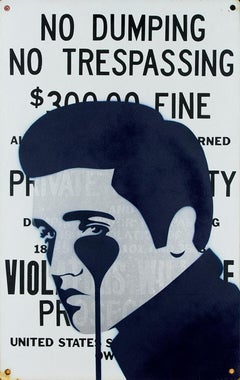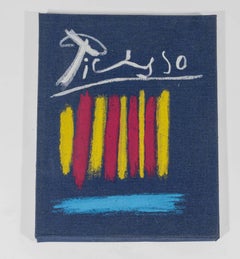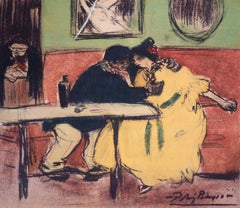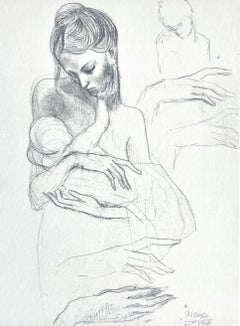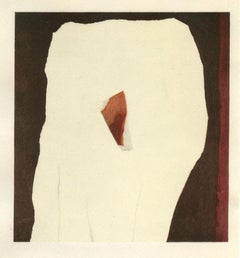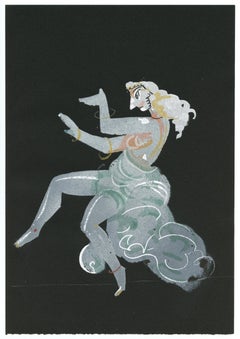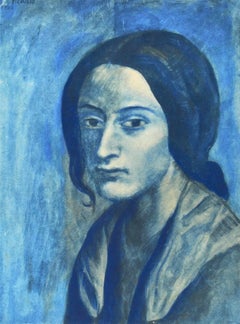Art by Medium: Stencil
1960s Modern Art by Medium: Stencil
Lithograph, Stencil
1940s Modern Art by Medium: Stencil
Lithograph, Stencil
1960s Art by Medium: Stencil
Stencil, Lithograph
1930s Fauvist Art by Medium: Stencil
Lithograph, Stencil
1960s Modern Art by Medium: Stencil
Stencil, Lithograph
1980s American Modern Art by Medium: Stencil
Lithograph, Stencil
1950s Art by Medium: Stencil
Lithograph, Stencil
1930s Art Nouveau Art by Medium: Stencil
Stencil
1950s Abstract Art by Medium: Stencil
Lithograph, Stencil
1950s Art by Medium: Stencil
Lithograph, Stencil
1950s Modern Art by Medium: Stencil
Lithograph, Stencil
1930s Art by Medium: Stencil
Lithograph, Stencil
1950s Modern Art by Medium: Stencil
Lithograph, Stencil
1950s Modern Art by Medium: Stencil
Lithograph, Stencil
1950s Modern Art by Medium: Stencil
Lithograph, Stencil
1940s Impressionist Art by Medium: Stencil
Lithograph, Stencil
1970s Surrealist Art by Medium: Stencil
Etching, Stencil
1950s Surrealist Art by Medium: Stencil
Lithograph, Stencil
2010s Pop Art Art by Medium: Stencil
Acrylic, Stencil
1950s Modern Art by Medium: Stencil
Woodcut, Stencil
1950s Modern Art by Medium: Stencil
Lithograph, Stencil
1950s Modern Art by Medium: Stencil
Lithograph, Stencil
1920s Modern Art by Medium: Stencil
Lithograph, Stencil
1960s Cubist Art by Medium: Stencil
Lithograph, Stencil
1920s Modern Art by Medium: Stencil
Stencil, Lithograph
1950s Surrealist Art by Medium: Stencil
Lithograph, Stencil
1960s Modern Art by Medium: Stencil
Stencil
1950s Art by Medium: Stencil
Lithograph, Stencil
1920s Modern Art by Medium: Stencil
Lithograph, Stencil
1950s Art by Medium: Stencil
Lithograph, Stencil
1930s Art Deco Art by Medium: Stencil
Lithograph, Stencil
1960s Art by Medium: Stencil
Lithograph, Stencil
1920s Art by Medium: Stencil
Lithograph, Stencil
1960s Cubist Art by Medium: Stencil
Stencil, Lithograph
1950s Surrealist Art by Medium: Stencil
Lithograph, Stencil
2010s Contemporary Art by Medium: Stencil
Stencil, Paint
1960s Art by Medium: Stencil
Lithograph, Stencil
1960s Cubist Art by Medium: Stencil
Lithograph, Stencil
1960s Art by Medium: Stencil
Lithograph, Stencil
1950s Art by Medium: Stencil
Lithograph, Stencil
1920s Cubist Art by Medium: Stencil
Stencil, Lithograph
1950s Surrealist Art by Medium: Stencil
Lithograph, Stencil
1930s Modern Art by Medium: Stencil
Lithograph, Stencil
1940s Impressionist Art by Medium: Stencil
Lithograph, Stencil
2010s Street Art Art by Medium: Stencil
Mixed Media, Neon Light, Stencil
1940s Surrealist Art by Medium: Stencil
Lithograph, Stencil
1970s Pop Art Art by Medium: Stencil
Etching, Aquatint, Stencil
1950s Modern Art by Medium: Stencil
Stencil
1920s Art by Medium: Stencil
Lithograph, Stencil
1920s Modern Art by Medium: Stencil
Lithograph, Stencil
1950s Modern Art by Medium: Stencil
Stencil
1950s Art by Medium: Stencil
Lithograph, Stencil
1950s Art by Medium: Stencil
Stencil, Lithograph
1960s Expressionist Art by Medium: Stencil
Rice Paper, Stencil
1950s Art by Medium: Stencil
Lithograph, Stencil
1950s Modern Art by Medium: Stencil
Lithograph, Stencil
1940s Modern Art by Medium: Stencil
Lithograph, Stencil
1950s Modern Art by Medium: Stencil
Lithograph, Stencil
1940s Impressionist Art by Medium: Stencil
Lithograph, Stencil
1920s Art by Medium: Stencil
Lithograph, Stencil
